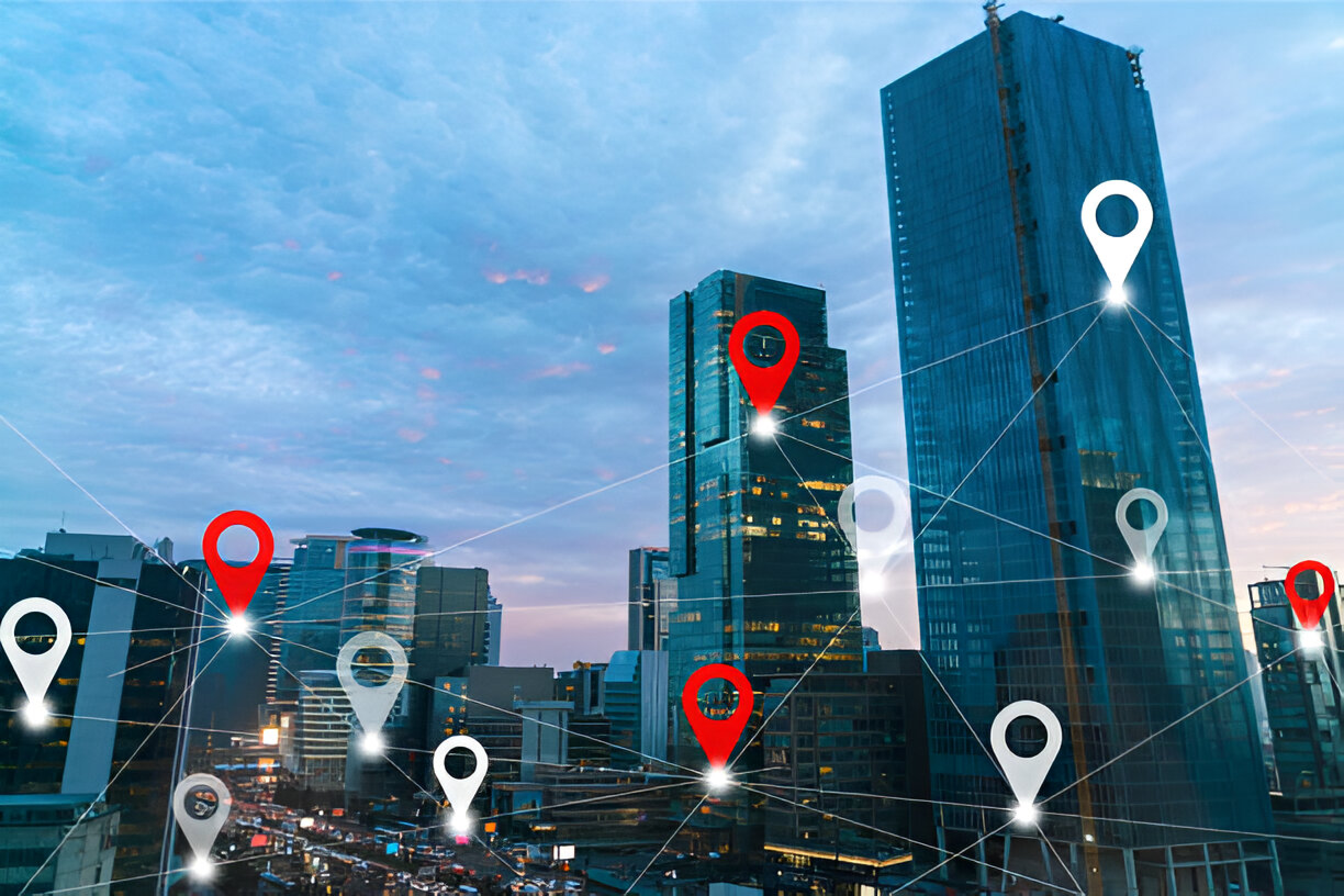Blog on RFID Technology and IoT Solutions
Blog Home
Choosing the Right RTLS Software in Singapore: Key Considerations for Manufacturing Businesses
02 July 2024In the competitive landscape of manufacturing, efficient operations and streamlined processes are key to staying ahead. Real-Time Location Systems (RTLS) software has emerged as a powerful tool for manufacturers, providing precise tracking and management of assets, personnel, and inventory. As manufacturing businesses in Singapore increasingly adopt RTLS solutions, choosing the right software becomes crucial. Here are the key considerations to guide your selection process:
1. Understand Your Specific Needs
Identify your specific needs and objectives before diving into RTLS software options:
- What assets or processes do you need to track?
- What level of accuracy and granularity is required?
- Do you need indoor, outdoor, or hybrid tracking?
- What are your scalability requirements?
Understanding these aspects will help narrow down the RTLS solutions that best fit your operational goals.
2. Technology and Compatibility
RTLS solutions leverage various technologies such as RFID, Wi-Fi, Bluetooth, Ultra-Wideband (UWB), and GPS. Each technology has its strengths and limitations:
- RFID: Ideal for tracking items in proximity.
- Wi-Fi: Suitable for environments with existing Wi-Fi infrastructure.
- Bluetooth: Good for tracking within shorter ranges and providing high precision.
- UWB: Offers high accuracy and is excellent for real-time applications.
- GPS: Best for outdoor tracking over larger areas.
Evaluate the compatibility of these technologies with your existing systems and infrastructure to ensure seamless integration and optimal performance.
3. Ease of Integration
- The RTLS software should integrate smoothly with your current systems, such as ERP, MES, or WMS.
- Seamless integration minimizes disruptions and allows for a more comprehensive view of your operations.
- Look for software that offers robust APIs and support for various data formats to facilitate easy integration with your existing IT ecosystem.
4. Scalability and Flexibility
- As your manufacturing business grows, your RTLS solution should scale with it.
- Ensure the software can handle an increasing number of tracked items and expand across multiple facilities.
- The software should be adaptable to different use cases and capable of evolving with your changing needs.
5. Accuracy and Precision
- The required level of accuracy can vary significantly depending on your application.
- For example, tracking high-value assets or ensuring worker safety might demand higher precision compared to general inventory tracking.
Choose an RTLS solution that meets your accuracy requirements and provides consistent performance under various conditions.
6. User-Friendliness
- A user-friendly interface with intuitive controls ensures that your team can quickly adopt and effectively use the system.
- Look for software that offers customizable dashboards, clear visualizations, and easy-to-understand reporting tools.
7. Support and Training
A reliable RTLS provider should offer comprehensive support and training services:
- Initial Setup: Assistance with installation and configuration.
- Training: Detailed training sessions for your team to maximize the software’s potential.
- Ongoing Support: Continuous support to address any issues and ensure smooth operation.
- Good support and training services are vital for the successful implementation and long-term use of the RTLS solution.
8. Cost Considerations
- While cost should not be the sole deciding factor, it’s important to consider your budget.
- Evaluate the total cost of ownership, including initial setup, licensing fees, hardware costs, and ongoing maintenance.
- Compare the costs with the expected ROI in terms of improved efficiency, reduced downtime, and better asset utilization.
9. Compliance and Security
- Ensure the RTLS software complies with local regulations and industry standards.
- Data security is another critical consideration, especially when dealing with sensitive information.
- Choose a solution that offers robust security features, including encryption, access controls, and regular updates to protect against cyber threats.
10. Vendor Reputation and Reviews
Research the reputation of the RTLS vendors you are considering.
Look for customer reviews, case studies, and testimonials to gauge their reliability and the effectiveness of their solutions.
A vendor with a proven track record and positive feedback from other manufacturing businesses is likely to be a more trustworthy partner.
Conclusion
Selecting the right RTLS software is a strategic decision that can significantly enhance your manufacturing operations. By considering your specific needs, technology compatibility, ease of integration, scalability, accuracy, user-friendliness, support, cost, compliance, and vendor reputation, you can make an informed choice that aligns with your business goals.
Investing in the right RTLS solution will not only improve efficiency and productivity but also give you a competitive edge in the dynamic manufacturing landscape of Singapore. For further guidance and personalized recommendations, feel free to reach out to our experts. We are here to help you find the best RTLS solution for your needs.
- Intellistride.com
- Blog
- Choosing the Right RTLS Software in Singapore: Key Considerations for…